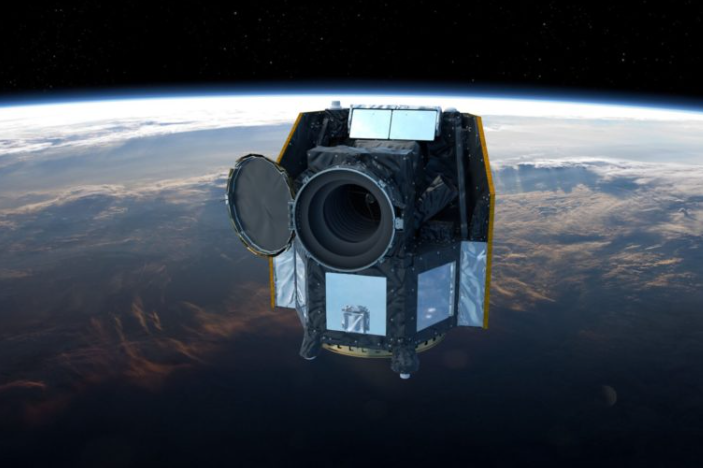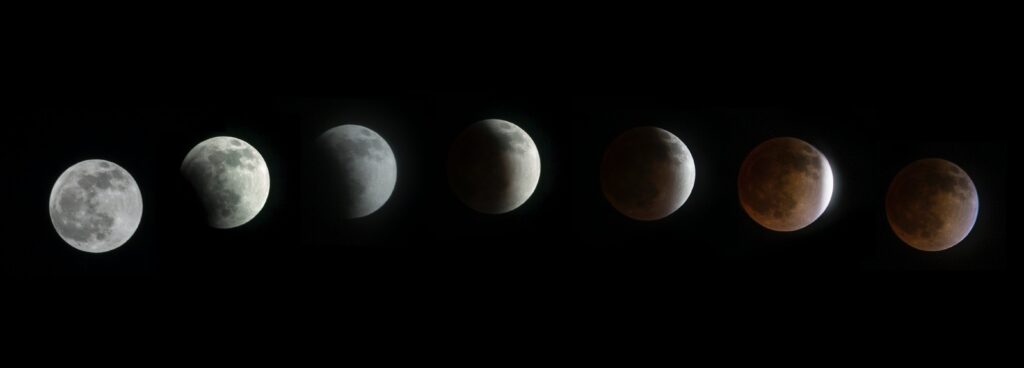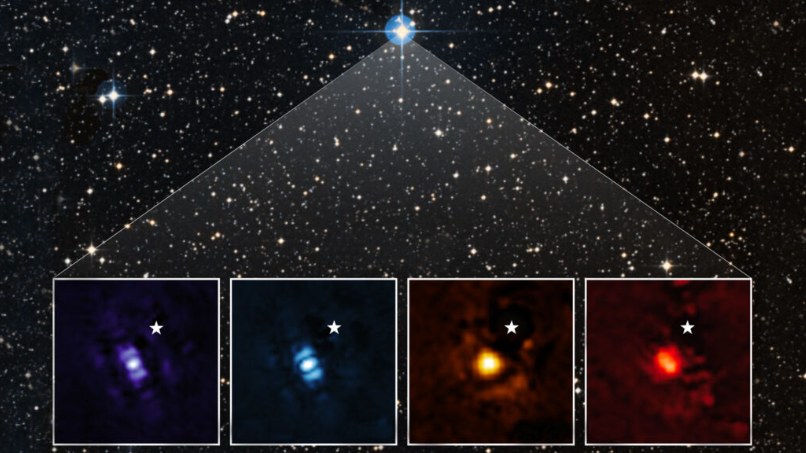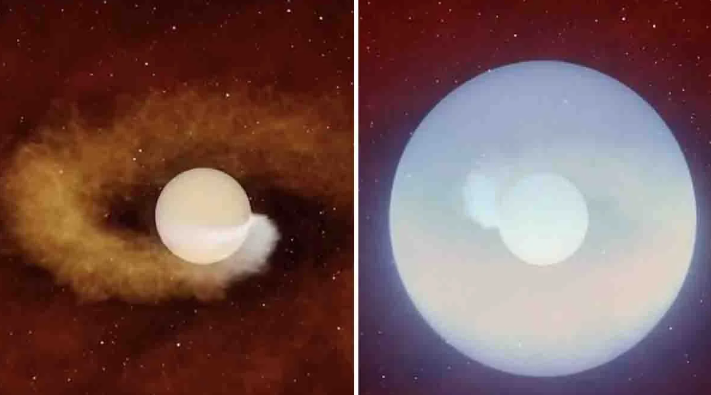CHEOPS and the stars in their intergalactic version of hide-and-seek

Hello, space lovers! Are you ready for a new cosmic adventure? Today we bring you fresh news about the hide-and-seek games the planets are playing with our intrepid CHEOPS space telescope. An international team of European astronomers – yes, those brave planet hunters! – using the mighty CHEOPS, has managed to discover four exoplanets that were playing elusive, but these are not the typical giant, hot Jupiter-like planets we’ve been finding in droves. No, sir! These four are mini-Neptunes that are smaller, cooler, and harder to find than a needle in a haystack.
The CHEOPS mission is a collaboration between the European Space Agency (ESA) and Switzerland, led by experts from the University of Bern and the University of Geneva. Since its launch in December 2019, CHEOPS has been making precise measurements that have led to amazing discoveries in the fascinating world of exoplanets, now, Dr. Solène Ulmer-Moll and Dr. Hugh Osborn, great geniuses took advantage of the explosive combination between CHEOPS and NASA’s TESS satellite to track these mischievous exoplanets. Called TOI 5678 b and HIP 9618 c, they’re mini Neptune, ranging in size from 3.4 to 4.9 times the size of our beloved home, Earth.


But that’s not all! Two other members of this stellar team followed the same detective technique to discover two similar planets in other systems. Looks like these astronomers are on a roll! Now let me explain how this celestial dance works, CHEOPS, with his eagle eyes, watches the brightness of the stars to detect the subtle dimming that occurs when a planet passes in front of its star. Scientists have discovered most of the exoplanets thanks to these shadow plays and we call them “transits”, but wait a second! NASA’s TESS satellite is also an expert at detecting transits of exoplanets, especially the tiny and challenging ones. However, TESS changes focus every 27 days, rapidly scanning different areas of the sky, this means that it sometimes misses some planets with longer orbits.
This is where CHEOPS, the true master of tracking, comes in. As TESS made its way, CHEOPS zeroed in on one star at a time and found the missing details. A perfect combination!. The scientists pointed CHEOPS at a particular target and, depending on whether or not they saw a transit, eliminated possibilities and tried again and again until they finally got the answer. They were five attempts for one and four for the other, but they finally managed to confirm the existence of these two planets and calculate their orbital periods.

Now what’s interesting is that these findings are not only exciting on their own, but also have great potential. Yes, sir! All four of these planets are orbiting bright stars, making them ideal targets for the upcoming James Webb Space Telescope (JWST). The JWST could help us unravel the mysteries of the composition of these planets. Are they rocky with lots of gas? Or are they filled with water and have a vaporous atmosphere? JWST might have the answers!




Responses